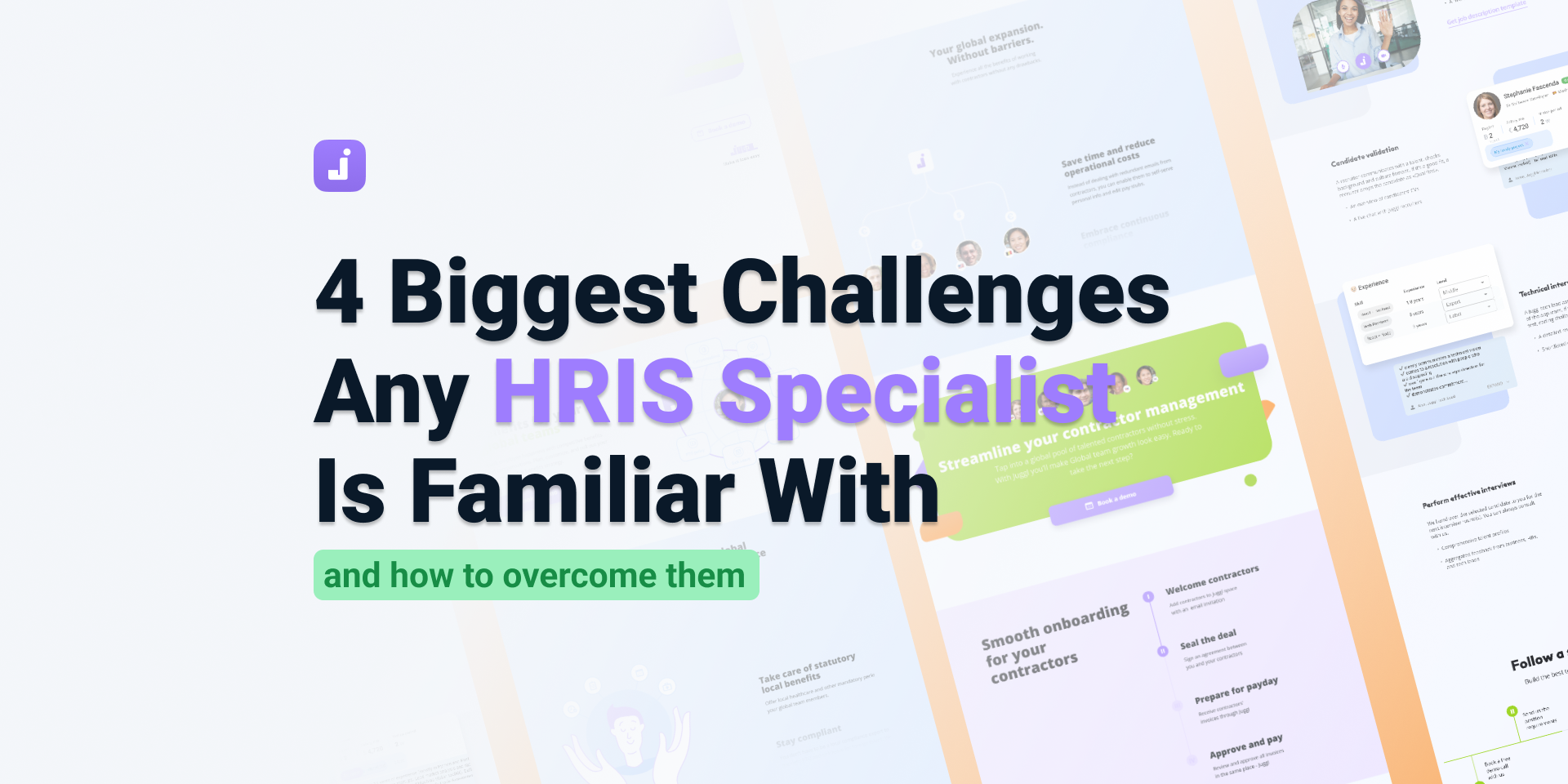Payroll Play 4/10: Employee benefits made easy: How to set up benefits programs [2024 update]
How to Build an Employee Benefits Strategy That Attracts Top Talent
Attracting and keeping top talent isn’t easy, especially when job loyalty is fading fast. That’s where a well-designed employee benefits package comes into play. But here’s the catch—you must do it without breaking the bank. The good news? You can craft employee benefits that make your HR team look like rockstars and fit within your budget.
When Should You Rethink Your Employee Benefits?
- Shifts in Workforce Demographics
As your workforce evolves—whether aging or seeing more millennials—it’s time to rethink your employment benefits. One size doesn’t fit all anymore.
- Battling for the Best Talent
In today’s competitive job market, having standout workplace benefits is your secret to snagging the best candidates.
- Navigating Organizational Changes
Mergers, acquisitions, and restructurings are challenging. It’s crucial to reassess your employee benefits program during these times to keep your team engaged and compliant.
- Expanding to New Markets
Are you going global? You must tailor your employee benefits to different legal and cultural landscapes.
- Staying on the Right Side of the Law
Legal compliance isn’t just a checkbox. Keeping up with the latest requirements, like employer-provided insurance, is critical to avoiding penalties and ensuring smooth operations.
Steps to Craft a Winning Employee Benefits Strategy
- Start with a Deep Dive into Your Current Benefits
Before you can make improvements, you need to know where you stand. Here’s how:
- Look at Usage: Some employee benefits might be gathering dust. It’s time to revamp or replace them.
- Understand Your Team: Age, family status, and income level matter when designing a benefits administration strategy.
- Get Feedback: Ask your employees what they want through surveys. You might be surprised at what they value most in their employee benefits service.
- Check Out What the Competition Is Doing
It’s always intelligent to benchmark your employee benefits solutions against what others are offering:
- Do Your Research: Use data from SHRM, the Bureau of Labor Statistics, and WorldatWork to find the top employee benefits.
- See What Competitors Offer: Knowing what your competitors include in their employee benefits programs can give you ideas.
- Think Global: Research the best employee benefits for your new regions if expanding.
- Negotiate Like a Pro with Benefits Suppliers
When sourcing employee benefit services, it pays to negotiate:
- Get Multiple Quotes: Talk to three employee benefits providers to ensure you get the best deal.
- Negotiate Perks: Look for additional benefits like discounts on bulk purchases, faster delivery, and early payment discounts.
- Read the Fine Print: Make sure you fully understand the terms of your agreements with benefits administrators.
- Ensure Legal Compliance
Keep your company benefits in line with local laws, such as Social Security and employer-provided health care regulations.
- Set a Realistic Budget
Employee benefits can be pricey, so here’s how to keep it in check:
- Start Small: Items like company swag are budget-friendly.
- Invest in Essentials: Health insurance and savings plans are costly but essential to attracting top talent.
- Consider Remote Employees: Don’t forget about delivery costs when offering benefits for remote employees.
- Communicate Clearly During Benefits Enrollment
Communication is vital when it comes to benefits enrollment:
- Centralize Information: Store all employee benefits details in one place, like an employee benefits portal.
- Use Multiple Channels: Spread the word via email, newsletters, social media, and in-person meetings.
- Go Digital: Let employees manage their benefits enrollment online through a self-service benefits platform.
- Automate with HR Tech: Streamline benefits administration tasks and access real-time data to make informed decisions.
What You’ll Gain from a Strong Employee Benefits Strategy
Here’s what happens when you get your employee benefits right:
- Stronger Loyalty: A well-rounded employee benefits program can do wonders for retention and loyalty.
- Better Cost Management: Smart benefits administration helps you control expenses effectively.
- Attract Top Talent: A competitive employee benefits package will make your company stand out in the job market.
- Boost Your Brand: A solid employment benefits strategy enhances your reputation as a top employer.
By mastering the administration of employee benefits, you ensure compliance and create a supportive work environment that drives your business forward.











